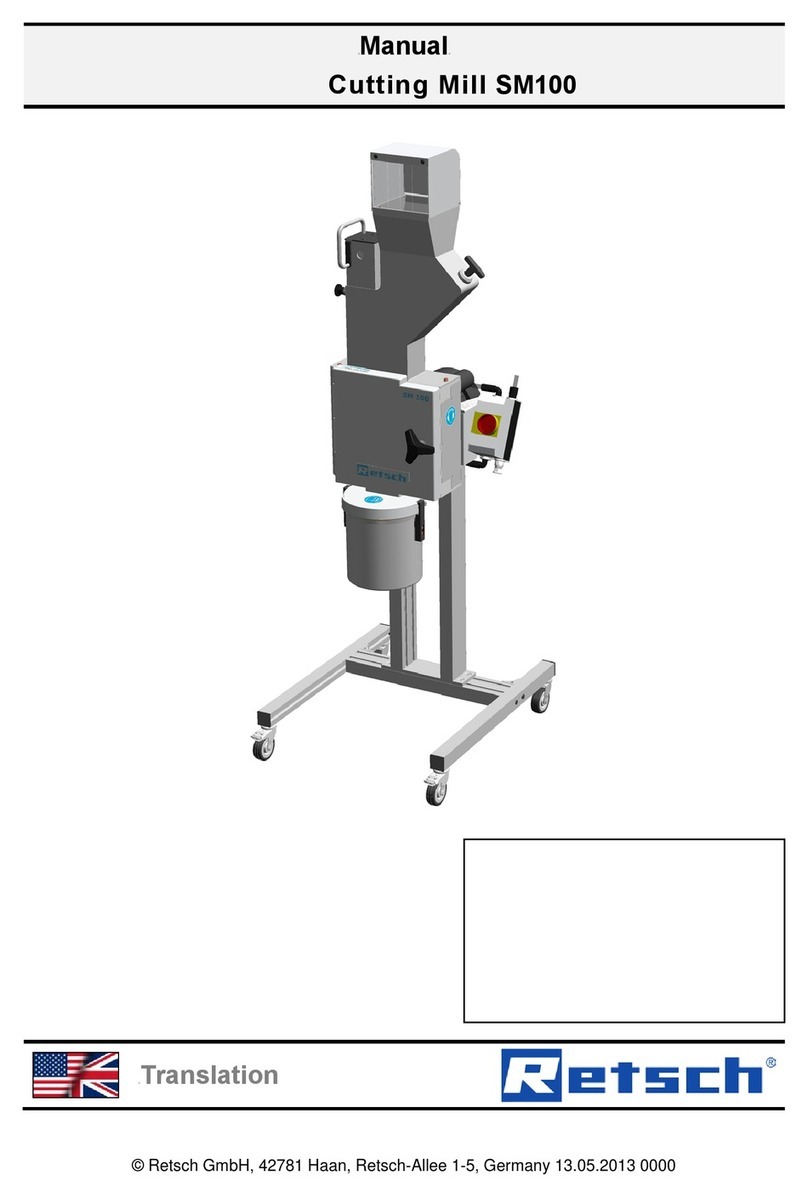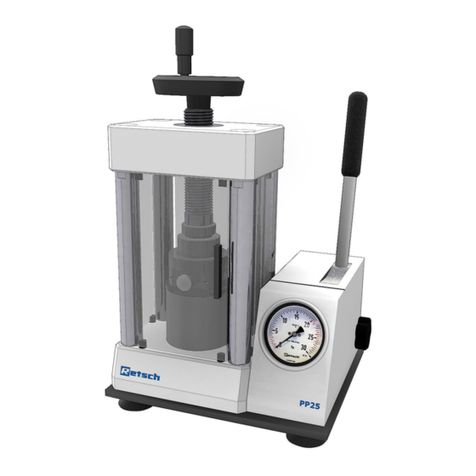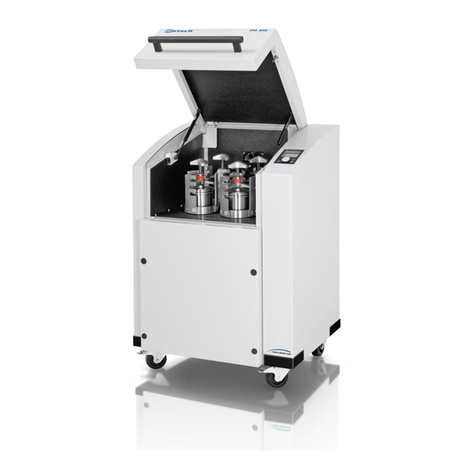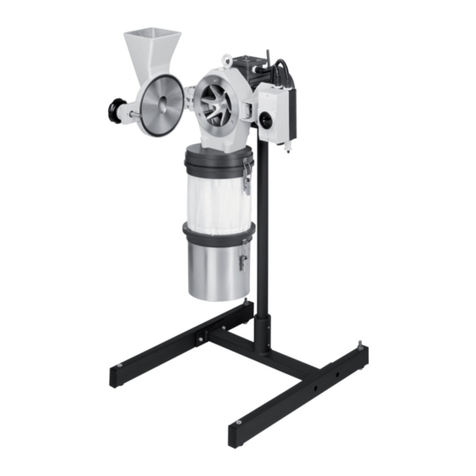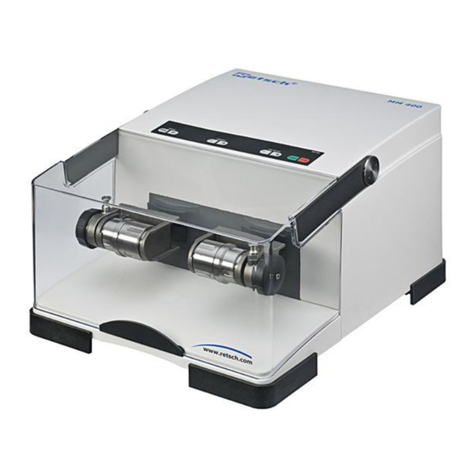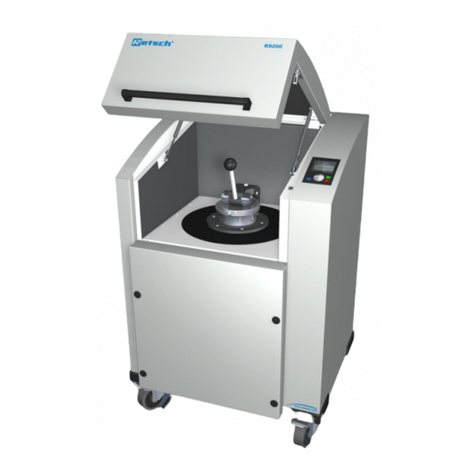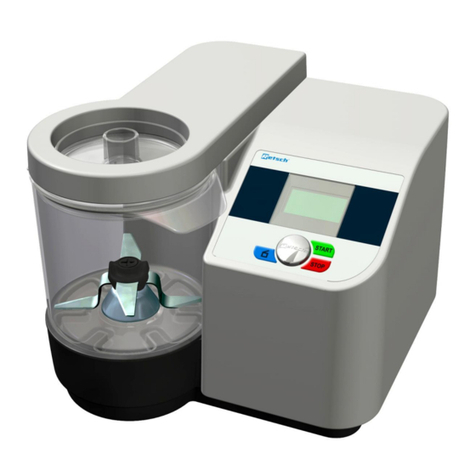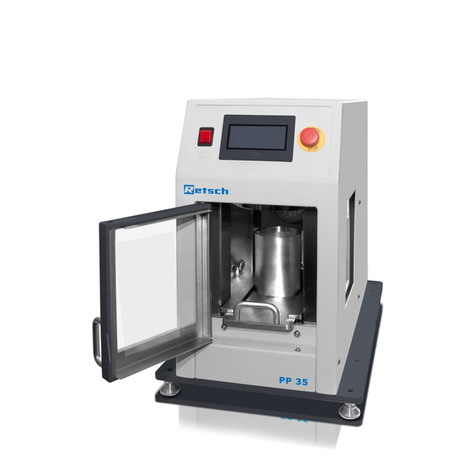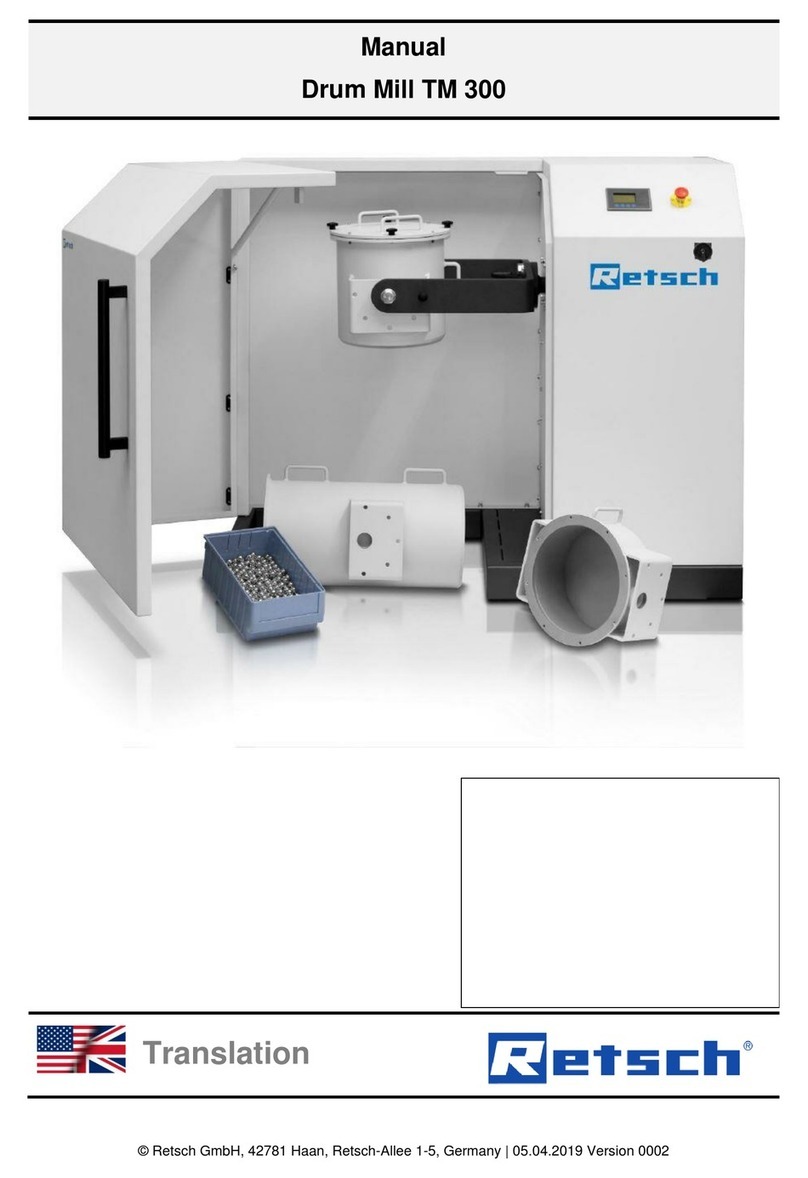Table of Contents
1Notes on the manual............................................................................................................................. 6
1.1 Disclaimer.......................................................................................................................................... 6
1.2 Copyright............................................................................................................................................ 6
1.3 Explanation of signs and symbols ..................................................................................................... 6
1.4 Explanations of the Safety Instructions ............................................................................................. 6
1.5 General Safety Instructions ............................................................................................................... 7
1.6 Repairs............................................................................................................................................... 9
1.7 Responsibility of the operating company........................................................................................... 9
1.8 Personnel qualification and target group of this manual ................................................................... 9
2Confirmation Form for the Managing Operator................................................................................ 11
3Technical Data..................................................................................................................................... 12
3.1 Protective Equipment....................................................................................................................... 12
3.2 Degree of Protection........................................................................................................................ 12
3.3 Emissions......................................................................................................................................... 12
3.4 Electromagnetic Compatibility (EMC).............................................................................................. 12
3.5 Rated Power.................................................................................................................................... 12
3.6 Motor Rotation Speed...................................................................................................................... 13
3.7 Dimensions and Weight................................................................................................................... 13
3.8 Required Floor Space...................................................................................................................... 13
3.9Receptacle Volume.......................................................................................................................... 13
3.10 Feed Grain Size............................................................................................................................... 13
3.11 Installation drawing.......................................................................................................................... 14
4Packaging, Transport and Installation .............................................................................................. 16
4.1 Packaging........................................................................................................................................ 16
4.2 Transport.......................................................................................................................................... 16
4.3 Temperature Fluctuations and Condensation ................................................................................. 17
4.4 Conditions for the Installation Site................................................................................................... 17
4.5 Electrical Connection....................................................................................................................... 18
4.6 Type Plate Description..................................................................................................................... 18
5First Commissioning........................................................................................................................... 20
5.1 Installation of the Device.................................................................................................................. 20
5.2 Installing the fill hopper.................................................................................................................... 21
6Operating the Device .......................................................................................................................... 23
6.1 Use of the Device for the Intended Purpose.................................................................................... 23
6.2 Principle of Operation ...................................................................................................................... 24
6.3 Views of the device.......................................................................................................................... 24
6.3.1 Front............................................................................................................................................. 24
6.3.2 Side view...................................................................................................................................... 26
6.3.3 Interior view.................................................................................................................................. 26
6.4 Switching On / Off............................................................................................................................ 27
6.5 Opening and Closing of the Device................................................................................................. 28
6.6 Operation......................................................................................................................................... 29
6.6.1 Starting the grinding process....................................................................................................... 29
6.6.2 Adding sample material ............................................................................................................... 30
6.6.3 Removing sample material after grinding.................................................................................... 30
6.6.4 Stopping the grinding process ..................................................................................................... 31
6.7 Replacing the bottom sieve ............................................................................................................. 32
7Cleaning, Wear and Maintenance ...................................................................................................... 34
7.1 Cleaning........................................................................................................................................... 34
7.1.1 Removing and installing the feed hopper .................................................................................... 35
7.1.2 Cleaning the feed hopper ............................................................................................................ 35
7.2 Wear ................................................................................................................................................ 36
